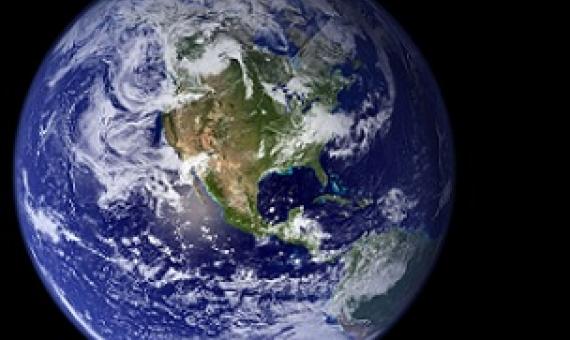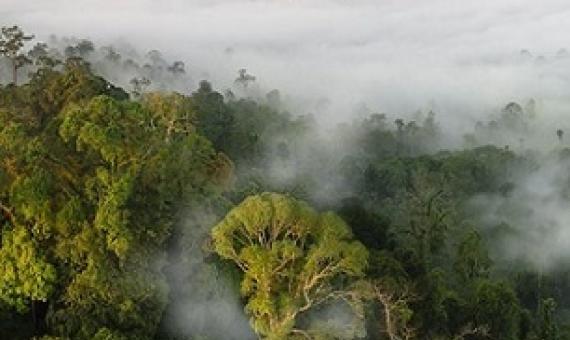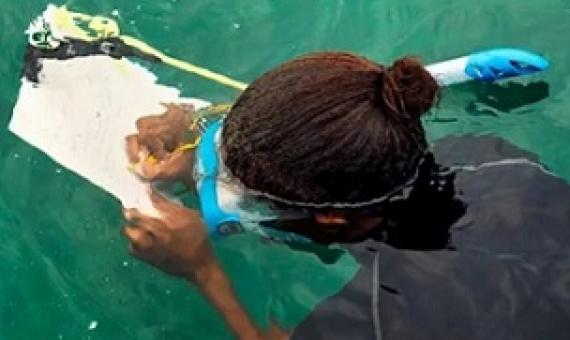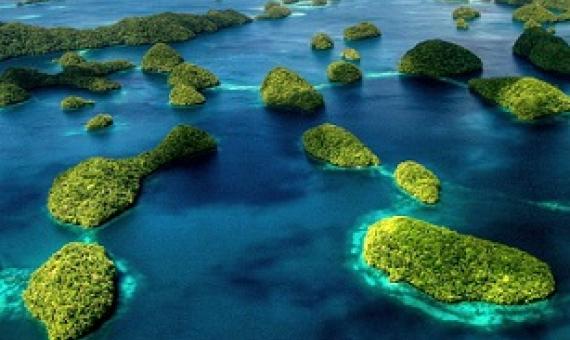Conservation trust funds are said by some to take money away from urgent needs now, especially for land acquisitions, where it is often a case of ‘now or never.’ While donors do prefer to support the creation of new protected areas, the under-funding of protection and management results in “paper
Funding for biodiversity is getting some attention at last. In September, nine philanthropic organizations...pledged a total of US$5 billion over a decade towards projects that will help to preserve the richness of Earth’s species.
Sticking points on financing, implementation and benefit sharing will need to be resolved in the second session if negotiations in the spring are to succeed...The negotiators have only seven months left until the second and final part of the meeting, and no shortage of disagreements to resolve, p
Making Money Local: Can Protected Areas Deliver Both Economic Benefits and Conservation Objectives?
This publication has been developed as a contribution to Phase II of the Two-phase Strategy on Protected Areas of the Secretariat of the Convention on Biological Diversity (CBD) and prepared pursuant to various paragraphs of COP decision XIII/2 on protected areas, in particular paragraph 5(a-e), and paragraph 10 of decision XI/24.
The global economy faces annual losses of $2.7 trillion by 2030 if ecological tipping points are reached and countries fail to invest more in protecting and restoring nature, the World Bank said on Thursday, calling for a greener COVID-19 recovery.
Port Moresby Nature Park has joined other stakholders of the PNG Protected Area Network in highlighting key areas for managing protected areas in the country.
A total investment in nature of $8.1 trillion is required between now and 2050—while annual investment should reach $536 billion annually by 2050—in order to successfully tackle the interlinked climate, biodiversity, and land degradation crises, according to the State of Finance for Nature report
The COVID-19 pandemic has devastated the economies of many small island developing states, particularly given their heavy reliance on tourism, a sector that has been on pause for almost a year...As they work to recover from the pandemic, they are tapping into new, innovative financing m
Even before the COVID pandemic started, the MPA field was in need of new ideas and tools for financing, with many sites chronically underfunded or too reliant on a single source of revenue.
The Fisheries Protection Trust Fund, which is expected to help finance management of the Palau National Marine Sanctuary (PNMS), has risen close to $3 million, according to the PNMS update published by the Palau International Coral Reef Center (PICRC) last week. The goal of the fund is to re















